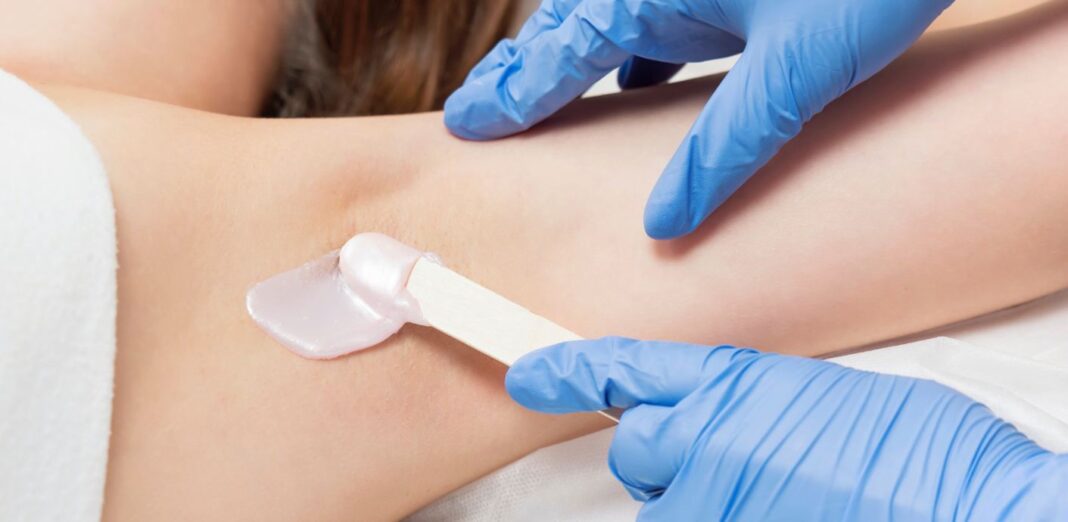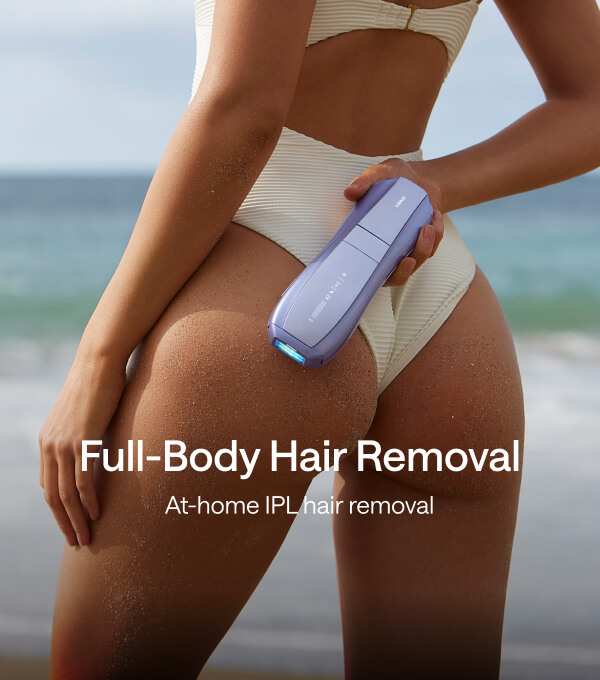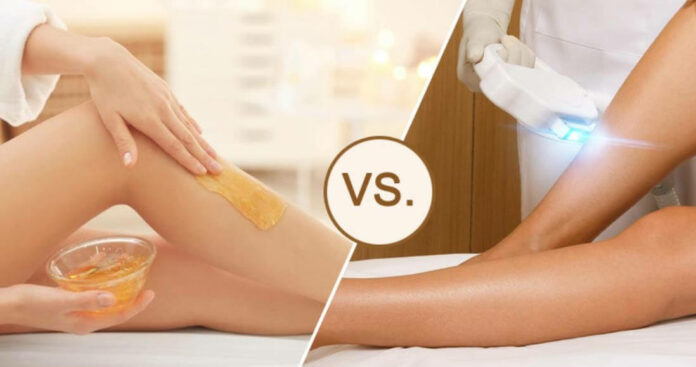Most of the beginners choose waxing as their method of choice for hair removal. It is because it is easier, pocket-friendly, and can be done at home. But, there are also some downsides of waxing like itching, redness, and inflammation.
In addition, some people also complain of bleeding especially when they are waxing for the first time. Is bleeding after waxing normal? Not in every case! So, in this article, we will discuss all the possible associations of bleeding after waxing and some ways to stop it.
Table of Contents:
- Part 1: Subcutaneous Bleeding After Waxing
- Part 2: Bleeding After Waxing: Is It Normal?
- Part 3: Why Am I Bleeding After Waxing?
- Part 4: How to Stop Bleeding After Waxing?
-
Part 5: A Safe Alternative: IPL Hair Removal
Part 1: Subcutaneous Bleeding After Waxing
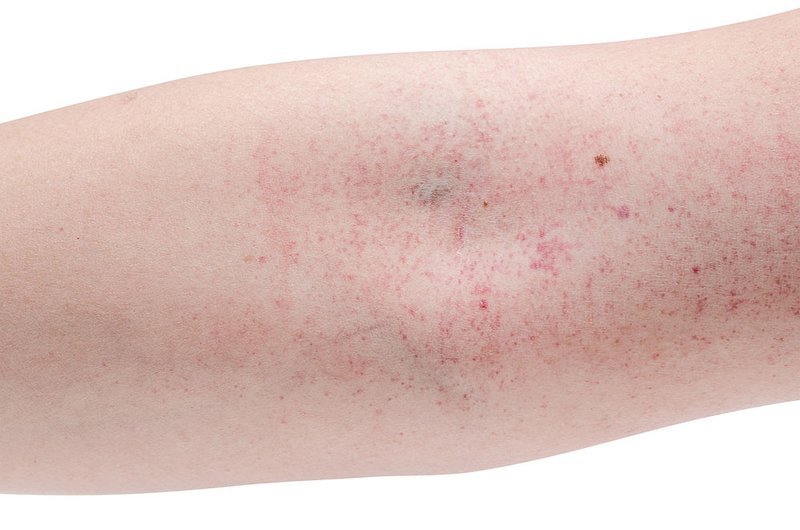 Subcutaneous bleeding can occur during waxing due to different reasons. Before understanding those causes, let’s understand what subcutaneous bleeding is.
Subcutaneous bleeding can occur during waxing due to different reasons. Before understanding those causes, let’s understand what subcutaneous bleeding is.
Subcutaneous means “under the skin surface”. So, subcutaneous bleeding refers to the bleeding beneath the surface of the skin due to several causes. One of its causes is the waxing. Forced hair removal can cause trauma to your skin, underlying blood vessels, and hair follicles which leads to bleeding.
Part 2: Bleeding After Waxing: Is It Normal?
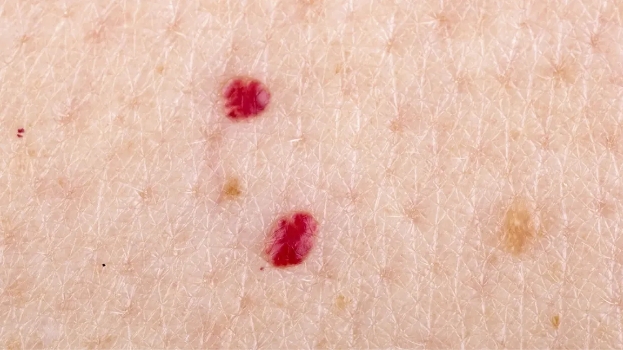 Bleeding after waxing may or may not be normal. For instance, it is common for beginners to experience minor or pinpoint bleeding. This happens when the hair is forcefully removed from hair follicles. These hair follicles are closely connected with blood vessels that react when hair follicles are irritated.
Bleeding after waxing may or may not be normal. For instance, it is common for beginners to experience minor or pinpoint bleeding. This happens when the hair is forcefully removed from hair follicles. These hair follicles are closely connected with blood vessels that react when hair follicles are irritated.
So, you will observe tiny blood droplets on the waxed area. It usually stops within an hour or two after waxing. However, if this continues even after a few hours of waxing or you see a pooling of blood beneath your skin then it is not normal. It may indicate a problem with the waxing technique or an underlying skin condition.
Therefore, if you notice excessive bleeding after waxing, immediately consult a professional to prevent blood loss and find out the possible cause.
Part 3: Why Am I Bleeding After Waxing?
 There can be multiple causes of bleeding after waxing or might increase the risk of subcutaneous bleeding. Let’s go through each one by one:
There can be multiple causes of bleeding after waxing or might increase the risk of subcutaneous bleeding. Let’s go through each one by one:
- Formation of Micro-tears: When the skin is held too taut during the waxing or the wax is removed is extra pressure, it can cause micro-tears in the skin. This, in return, leads to minor bleeding
- Hair follicle damage: When hair is removed from its roots, the hair follicles become irritated. The network of tiny blood vessels surrounding these hair follicles disrupts and causes pinpoint bleeding beneath your skin
- Skin sensitivity: When your skin is extra sensitive, it is more highly prone to irritation. Even a minor trauma can disrupt the skin tissues and cause bleeding
- Underlying skin conditions: Underlying skin conditions like eczema, psoriasis, or dermatitis, weaken our skin’s protective barrier. These conditions make our skin sensitive and irritated. So, when it is waxed, you can possibly experience excessive bleeding
- Blood thinning medications: Blood thinning medications make the blood clotting process slower and increase the risk of heavy bleeding even on a slight trauma caused by hair removal methods like waxing
You must have noticed that most of the causes of bleeding after waxing are related to personal carelessness and improper waxing techniques. We must be aware of our skin conditions and learn waxing techniques before performing hair removal at home. If we are getting it done by a professional, it is still our responsibility to give them our detailed health history. This can prevent excessive bleeding, redness, and skin irritation after waxing.
Also read: 10 Reasons to Stop Waxing
Part 4: How to Stop Bleeding After Waxing?
Apply Gentle Pressure
If you notice any bleeding after your waxing appointment, try applying gentle pressure on the particular area. Use a clean tissue, cloth, or a piece of gauze to apply pressure. This pressure acts as a plug to prevent the outflow of blood from your skin. It also facilitates clot formation thus stopping the bleeding.
Use Antiseptics
Application of antiseptic cannot stop the bleeding but it can help in preventing the infections. For this purpose, first, clean the area and make sure there is no blood, and then apply a mild antiseptic. This ensures that no microorganisms enter the wound area and infect it.
Use Cold Compresses
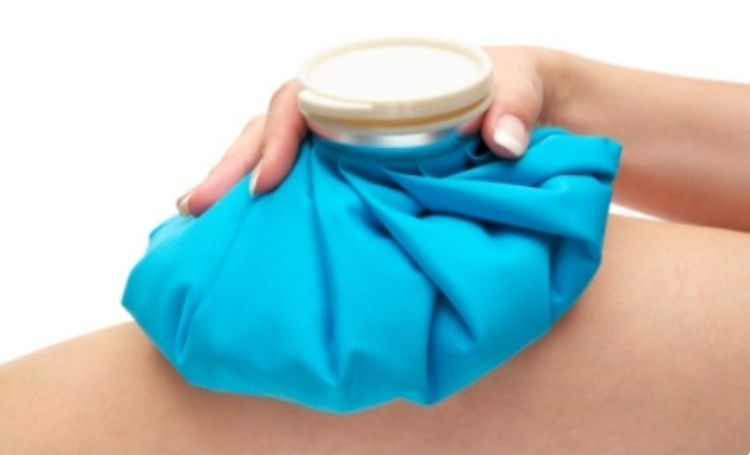 The application of cold compresses on the bleeding site can also help in controlling it. Cold therapy constricts the blood vessels, reduces the blood flow, and speeds up the process of clot formation. It also helps in reducing the pain, inflammation, and itching experienced after waxing.
The application of cold compresses on the bleeding site can also help in controlling it. Cold therapy constricts the blood vessels, reduces the blood flow, and speeds up the process of clot formation. It also helps in reducing the pain, inflammation, and itching experienced after waxing.
Also, refrain from applying ice directly on the bleeding site. Wrap it in a clean cloth first and then apply it to the skin.
Try Soothing Agents
You can also try natural soothing agents like aloe vera gel on the affected area. Aloe vera gel acts as a natural anti-inflammatory and anti-septic agent. It provides a cooling effect to the body and also helps the wound recover quickly.
When your skin is still in the recovery phase, avoid applying any harsh products on the skin. These agents can irritate your skin to a greater extent, affect the skin’s protective barrier, and slow down the natural healing response of the body.
Part 5: A Safe Alternative: IPL Hair Removal
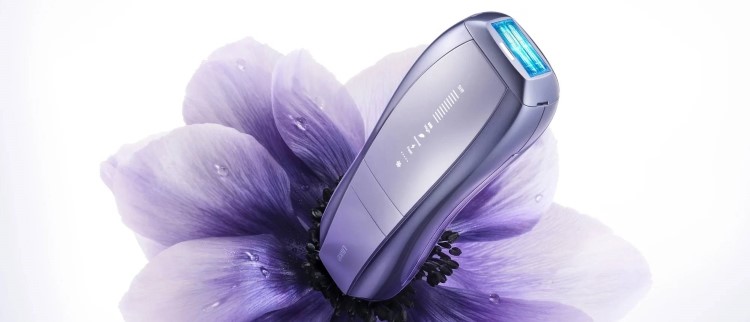 Redness, irritation, inflammation, and bleeding are common side effects of waxing, especially in beginners. A slight mistake on your end and any of these can happen. We recommend you try a safer alternative like IPL hair removal. The IPL technology does not forcefully remove your hair. Instead, it uses gentle light to target hair follicles and burn them.
Redness, irritation, inflammation, and bleeding are common side effects of waxing, especially in beginners. A slight mistake on your end and any of these can happen. We recommend you try a safer alternative like IPL hair removal. The IPL technology does not forcefully remove your hair. Instead, it uses gentle light to target hair follicles and burn them.
It can be done at home or in clinics. The choice is all yours. Some at-home IPL devices like Ulike Air 10 also have ice cooling technology to minimize the pain sensation and make the experience pleasant for you. Let’s explore some more features of Ulike Air 10:
- It has built-in skin sensor technology that detects your skin tone automatically and adjusts the intensity settings suitable for your skin
- The users can benefit from 4 treatment modes that can help them remove the finest to thickest hair easily
- It is sleek, lightweight, and has an energy output of 26J/cm2. This makes the hair removal convenient, quicker, and more effective
- You can see visible results within just 2 weeks of use
- It has a wider surface area at the front with dual lights to cover the whole body in less time

Conclusion
Bleeding after waxing can be due to the wrong waxing technique, an inexperienced worker, or aunty underlying skin condition. Understanding the causes of bleeding after waxing can help you determine whether your case is normal or not.
It can also help you sort out all the possible ways to prevent bleeding or any other side effects of waxing. But, if you still do not feel comfortable with waxing, you can try IPL which is more reliable and long-lasting than waxing hair removal.

 By Nancy H, PharmD
By Nancy H, PharmD
